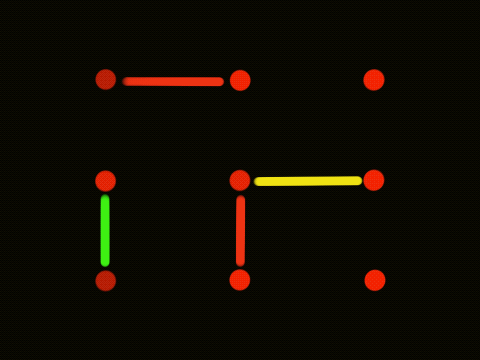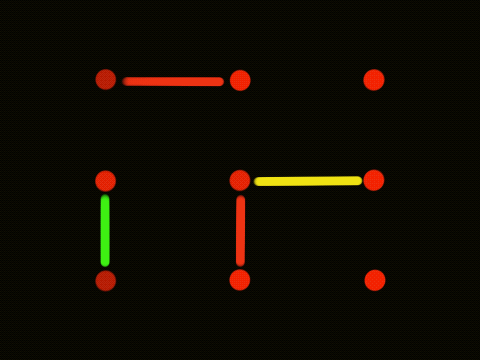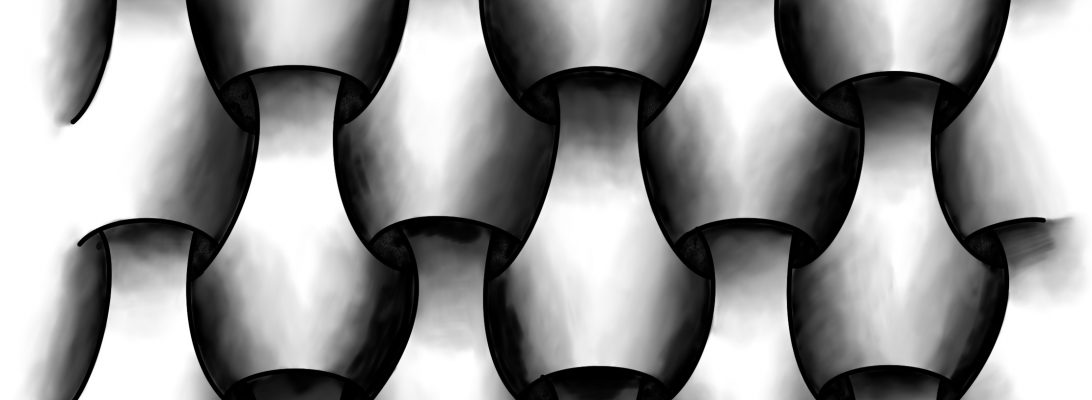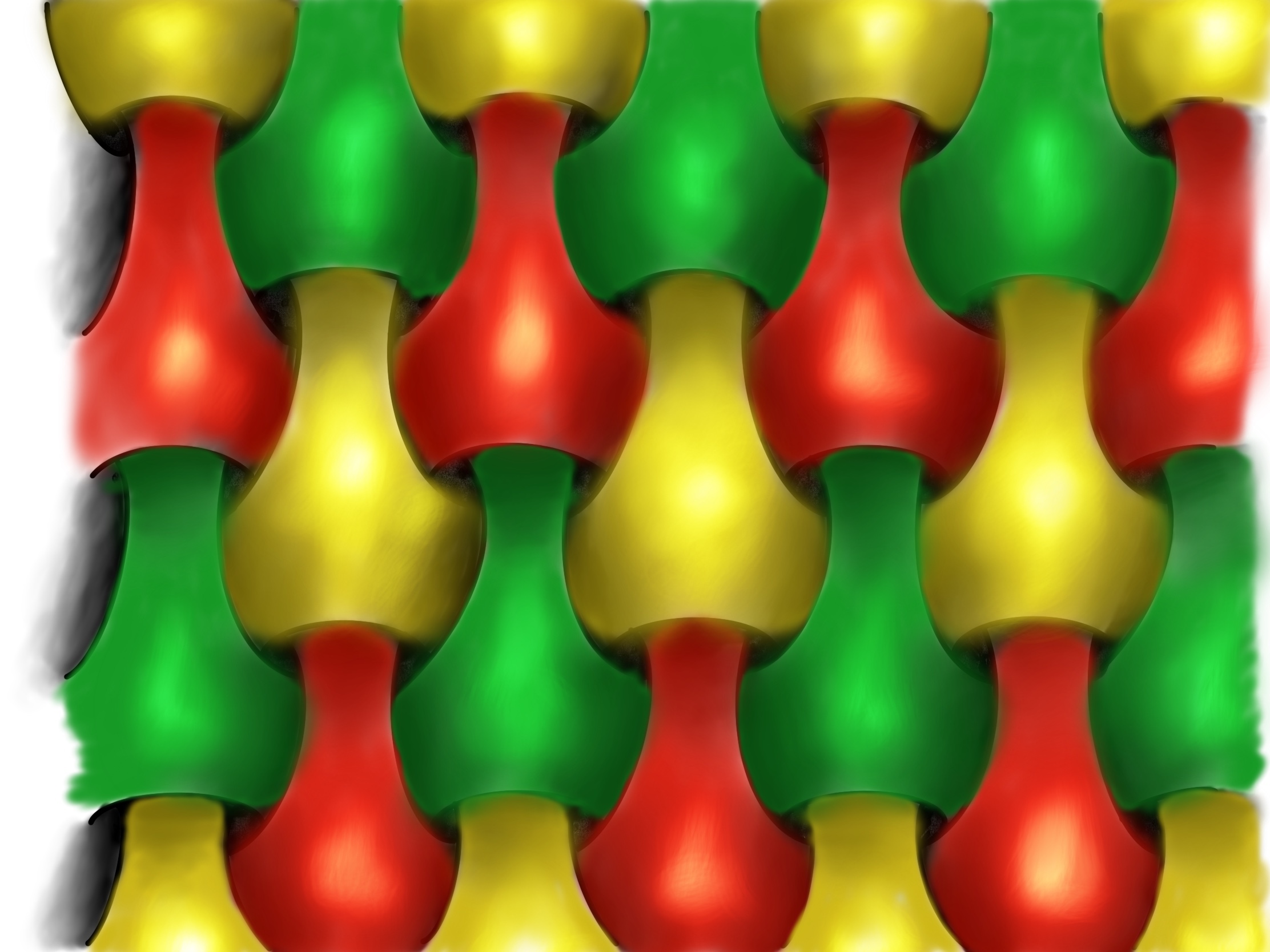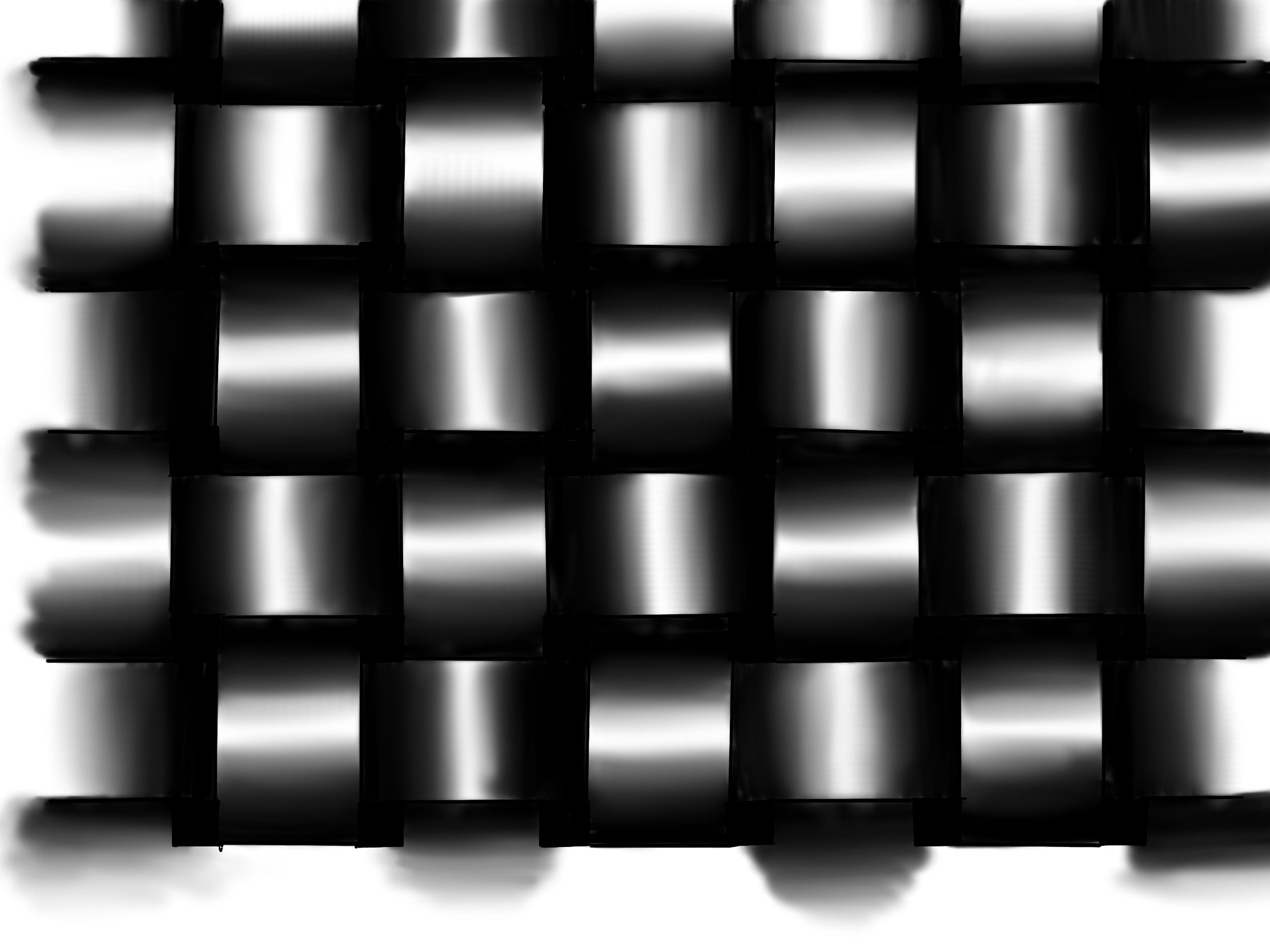One of the biggest challenges for anyone working on conceptual issues is making their research relevant to everyone else. After all, the first question any researcher should be asking themselves is “who cares”? This is not the passive-aggressive, somewhat depressing question that it could be, but rather a positive nudge to any researcher to bear in mind why you’re doing the research, and who is going to benefit from it.
My research is primarily conceptual, but has three main audiences: academics engaged in sociolegal research, policy makers working in international development, and a lay audience seeking more innovative responses to the financial crisis. Using designerly approaches to make the research tangible and visible, this post puts a face to each of these groups. Let’s meet each in turn.
Introducing Academic Ann…

Ann works at a university as a law lecturer. She is researching the importance of the legal system for any country wanting to attract foreign investment. She is planning a trip to Sri Lanka – her target country for research – and is going to talk to government ministers, business people and investors, and local communities around investment zones. But how should she frame her research? How can she hold the interests and views of such a wide range of people in one frame at the same time?
Introducing Policy Polly…

Polly has been working at an international development institution for several years now. Her job requires her to use existing research to make policy recommendations for foreign governments, international agencies and charities. She wanted to work in development to reduce poverty, but has become disappointed by the lack of tangible impact her work has, and has been wondering whether there is an alternative approach to understand the causes and ways of addressing poverty.
Introducing Lay Lillian…

Lillian is not an academic. Nor does she work in development or policy. In fact, she is a retired dinner lady and pillar of her local community. She doesn’t know much about “the law” or “the economy”, but she cares about her community, and knows that something isn’t working properly. The economy crashed in 2008, and a decade of austerity was rolled out. She was told that there was “no more money” and that budgets across the country needed to be cut. But while her community saw centres close and support disappear, she noticed that the rich continued to get richer. So, she began reading about the crisis, and noticed that there were a lot of people arguing that we need to “do” economics and law differently. Lillian is an interested bystander, and wants to know more.
Why the characters? Personae can be a useful tool for exploring research concepts. We can see the relevance of concepts and frames for our own lives. They can make the conceptual visible and tangible.
Each of these will be developed in future posts, and will each bump up against the limitations of the ways we currently do, talk, and think about legal and economic phenomena. Each of them will then try an ESL lens using embeddedness and then moving beyond embeddedness. Through their eyes, we can explore the benefits and drawbacks of reframing in different contexts and for different audiences.
In the meantime, these characters are by me, using ProCreate on an iPad. They are rough first drafts, and the characters will be developed along with their stories. Copyright 2020.


